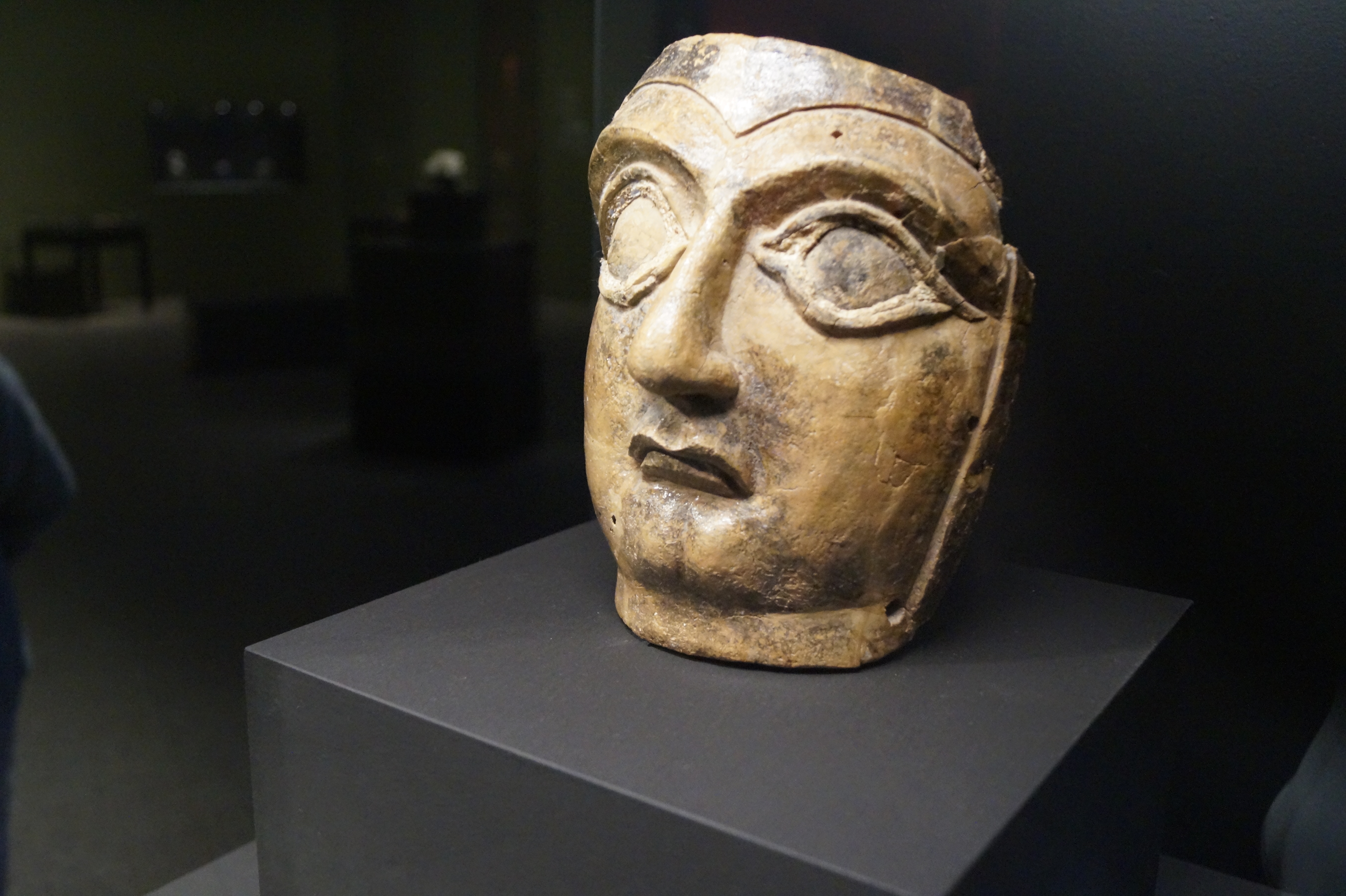
Haft tape museum
Haft Tepe (also Haft Tape) is an archaeological site situated in the Khuzestan Province in south-western Iran, about 15 kilometers southwest of the ancient city of Susa. At this site the possible remains of the Elamite city of Kabnak were discovered in 1908, and excavations are still carried out.
History
The city of Kabnak is mentioned as an important political centre during the reign of the Elamite king Tepti-Ahar, the last king of the Kidinuid dynasty ruling in the 15th century BC. He may also have been buried in the city. Another ruler known from two seals found in a grave at Haft Tepe was Inshushinak-sarru-(rabu)-ilani. After the death of Tepti-Ahar the center of power returned to the old capital Susa, although there is no clear evidence that Kabnak ever held real power at all. Due to the turmoil of this era it is possible the construction of Kabnak was necessary after Tepti-Ahar lost control over Susa, however this theory has not been completely confirmed by solid proof. Some centuries later another city was built at the nearby site of Choqa Zanbil.
Elamite burial container in Heft Tepe museum
Excavations at Haft Tepe revealed a large funerary complex founded by Tepti-Ahar where the god Kirwashir (Kirmasir) was worshiped. It had two large mud-brick platforms, a workshop area and a probable palace. Beneath a large rectangular couryard lay a subterranean funerary complex intended for the king and his family. The two tombs, including that of the king, featured an oval vaulted roof, built of baked brick with gypsum mortar. The tomb of Tepti-Ahar measured 10 meters in length, 3.25 meters in width, and 3.75 meters in height. Skeletal remains were found in the tomb, though it is not certain they belong to royalty. Another large structure found at the site was perhaps the foundations of a ziggurat, along with courtyards and suites of rooms. The funerary complex was decorated with bronze plates and wall paintings. Several examples of terracotta sarcophagi generally called "bathtub coffins" were found. Also found were several large stone stele one of which, written in contemporary Babylonian, detailed the funerary rites and duties including sacrifices to be made before the chariot of the god and of Tepti-Ahar. Administrative texts belonging to the reign of Tepti-Ahar were also found at the site.



